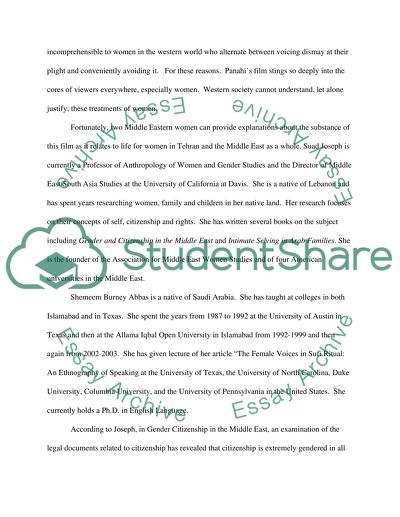Cite this document
(The Circle Critical Analysis Movie Review Example | Topics and Well Written Essays - 1750 words, n.d.)
The Circle Critical Analysis Movie Review Example | Topics and Well Written Essays - 1750 words. https://studentshare.org/visual-arts-film-studies/1529176-the-circle
The Circle Critical Analysis Movie Review Example | Topics and Well Written Essays - 1750 words. https://studentshare.org/visual-arts-film-studies/1529176-the-circle
(The Circle Critical Analysis Movie Review Example | Topics and Well Written Essays - 1750 Words)
The Circle Critical Analysis Movie Review Example | Topics and Well Written Essays - 1750 Words. https://studentshare.org/visual-arts-film-studies/1529176-the-circle.
The Circle Critical Analysis Movie Review Example | Topics and Well Written Essays - 1750 Words. https://studentshare.org/visual-arts-film-studies/1529176-the-circle.
“The Circle Critical Analysis Movie Review Example | Topics and Well Written Essays - 1750 Words”. https://studentshare.org/visual-arts-film-studies/1529176-the-circle.


